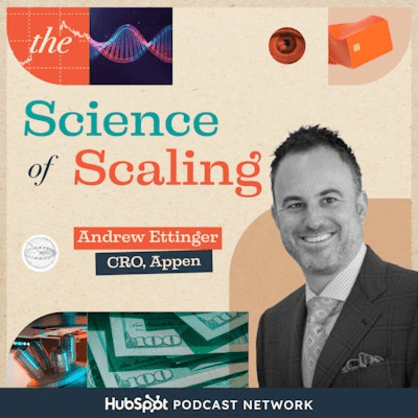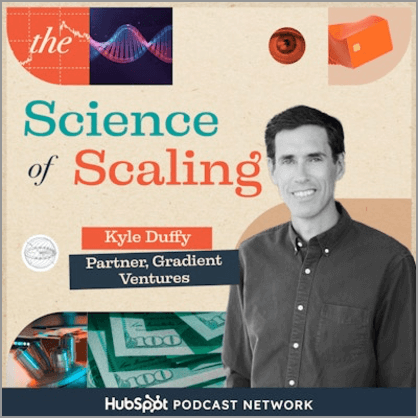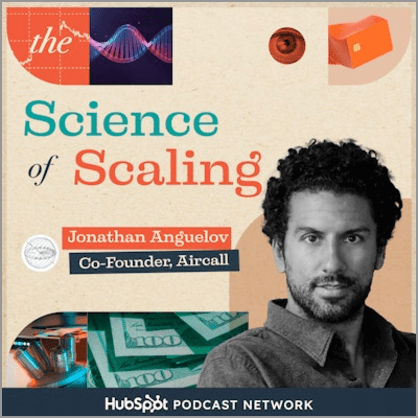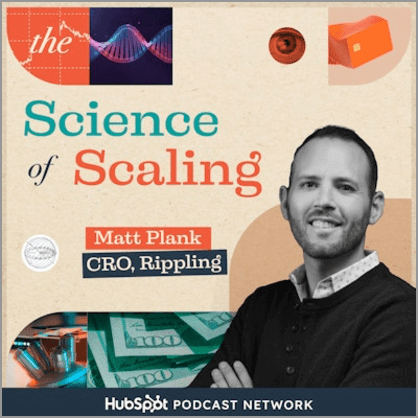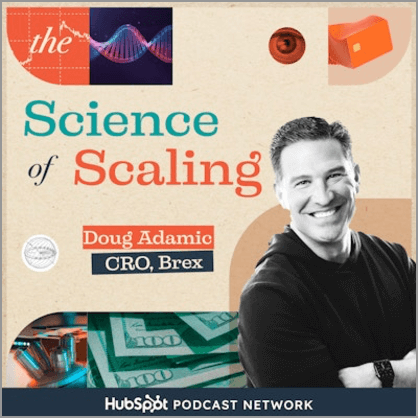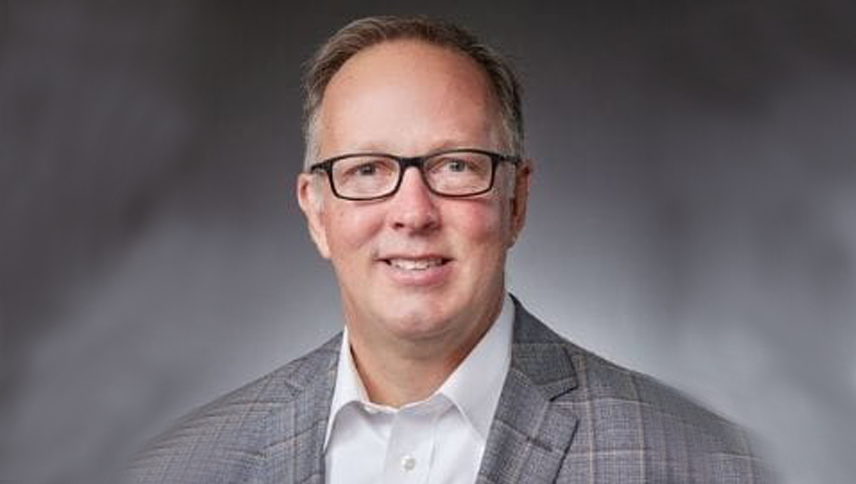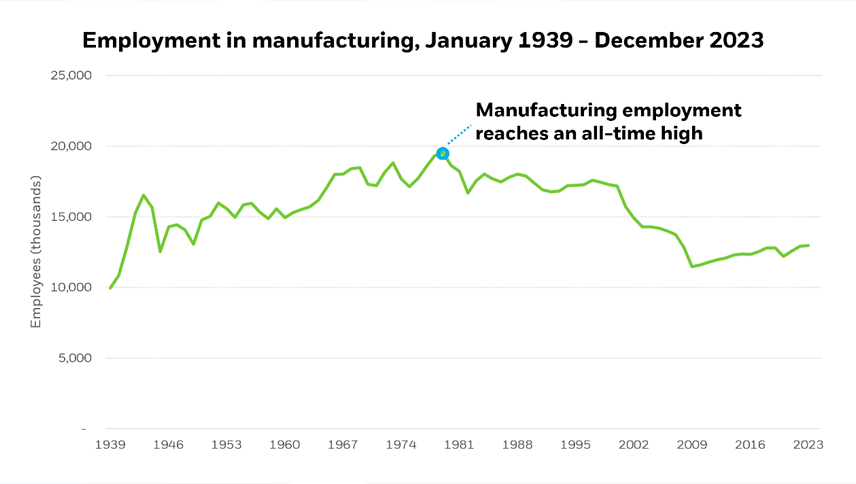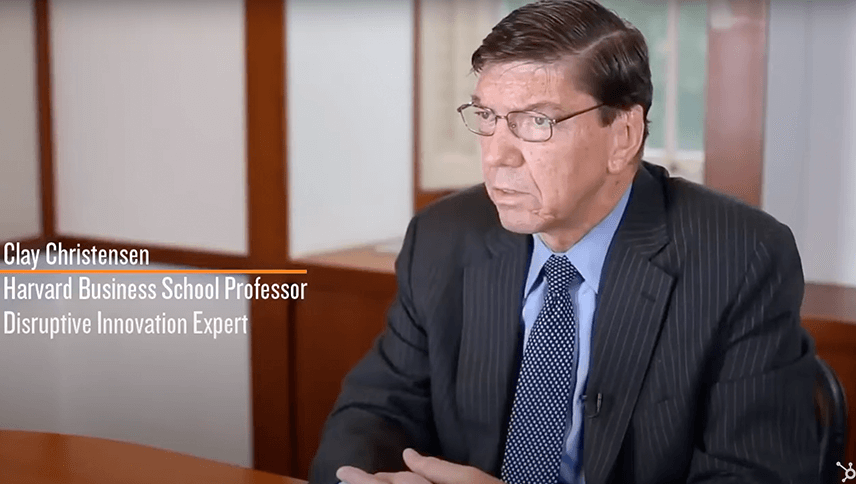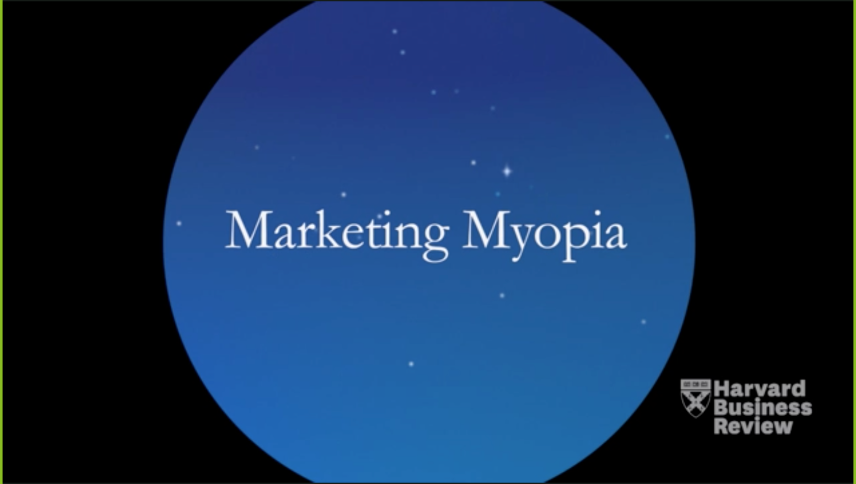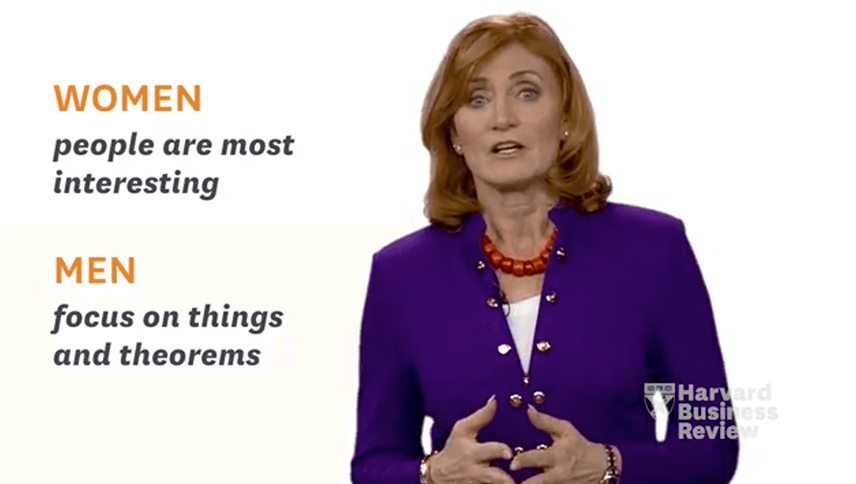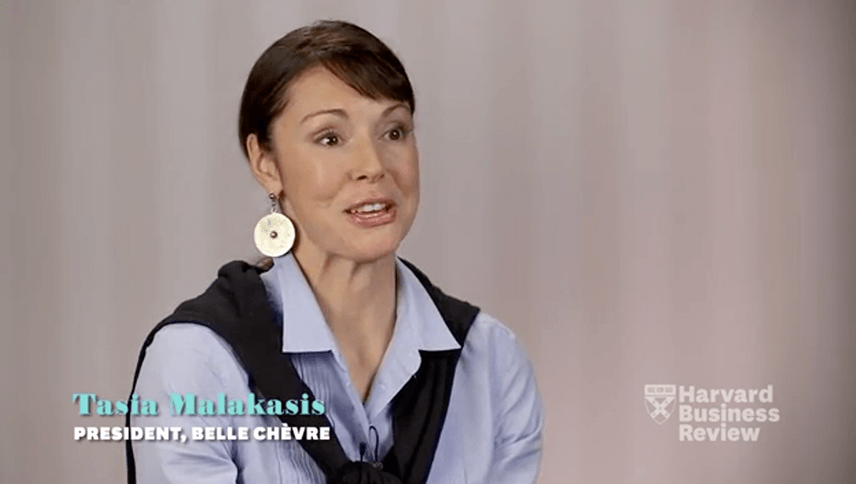Community-Led Growth
Andrew Ettinger CRO, Appen
Mark Roberge: Hey folks, today we have Andrew Edinger on the show. A gentleman that’s been a friend for a number of years. He’s kind of my go to guy on DevOps and infrastructure. Pretty unique sales motion. He’s been a sales leader across six or seven companies. He was the one that took Pivotal from zero to five hundred million in ARR and it was eventually sold to VMware.
Another one he did was Astronomer. Where we’re going to unpack that a little bit and sort of the early signs of community led growth. And more recently he’s joined Appen as CRO. A 300 million dollar revenue company out of Australia that’s publicly traded as he tries to help the team pivot to more of a software product led company.
All right. Here’s my conversation with Andrew. We got a lot to cover today. I do want to start with astronomer. Give us the 30 seconds on what astronomer does. And then tell us a little bit of what the context was like there when you joined.
Andrew Edinger: Yeah, happy to Mark. And thanks for that. I think like most folks on your show, I like to build, I like to fix, I like to grow.
And it was one of those opportunities in your career where there was an open source community that was vibrant, but also fractured at the same time and needed to be repaired and restored for growth. At the end of the day, it was an open source company around Apache Airflow, which very simply put was data orchestration, basically connecting all your disparate parts inside of your modern data stacks, your data gets from point A right to point B in a safe, secure, and reliable way.
So when I joined, it was like an opportunity to say, Hey, look, how many times in your life do you get to go join a top level Apache project? All the vanity metrics are 20, 000 plus stars in a million downloads, et cetera, and really actually give that some new energy. There were about 20, 25 people in the company and sub a million dollars in revenue when I started.
So we went from that sub million to the mid twenties, which included launching a cloud product and taking some other revenue that were, you know, in, in, in other channels down. So it was actually more growth than that, but it was a really exciting time. And companies continue to do absolutely fantastic under Andy Byron and team and they’re crushing it right now.
Mark Roberge: Awesome. You said coming in, it was a little fractured, the community. Can you tell us what that means? Like what, how did you know it was fractured? How do you measure that? And what do you think was the cause of it?
Andrew Edinger: Yeah, look again, you know, I think the developer is very powerful and they have a very powerful voice.
And there was a number of kind of core and foundational features that had been asked to be included in the project for a number of years. It just never materialized into a packaged upgrade and piece of software that folks could use. Namely the scheduler, which made all of these things work was not highly available.
So as you sought to put this into your mission, critical workloads, you couldn’t have a single point of failure, something just very basic, such as that. And there were a lot of promises made that weren’t fulfilled. And so ultimately. To astronomers credit, the engineering team really delivered on that promise.
And that really kind of gave a rebirth to the growth of the project. And a lot of hard work went into that and further, but that was really it. There were just a lot of skeptics that maybe in fact, there was a new way of doing things because there was not enough attention paid to some of the legacy features that were required.
Mark Roberge: Alright, so this is a pretty unique context we haven’t really unpacked on the show, and that is this very developer centric, open source context. As a newcomer to that, as a revenue person, as a salesperson, I would be a little freaked out. You know, developers, it’s a culture of its own, and I don’t Uh, generically speaking, I might say that like developers don’t have a ton of respect for salespeople per se.
Was that the context there? How did you navigate that? How would you recommend a sales leader coming into a context like, take that on?
Andrew Edinger: Yeah. Well, I think Mark, you hit the nail on the head. Look, I’ve had a lot of history before this with open source developers at Pivotal and Spring Boot and that whole.
Movement. So I had a little bit of experience here. And as a result, I built technical chops and capabilities that I didn’t have in my career. And so the first thing to your point, you cannot do is sell and you have to add value. Right. And so obviously I show up looking like a salesperson, probably talk like a salesperson and probably I’m not that incognito there, but once you start to add value and actually show that you can help and understand and have empathy, To solve the problems that they have and show them the way you start to earn the credibility and the respect.
And I think it all comes down to understanding the user journey that they’re on, because once you understand that user journey, you can understand the pain that they’re in and in their environment, their situation, ultimately the impact you’re going to have. So it still comes down to the basics of fundamental selling.
And qualification, you’re just doing it a much different way. That’s much more technical led than sort of sales and qualification led, if that makes sense.
Mark Roberge: It does. But can you unpack value a little bit? Because I’m going to channel a new seller or leader coming into this context. It’s almost feels like I have to go spend three years in some sort of computer science department to like go toe to toe with these folks.
How can I possibly add value to a developer who’s been coding for 15 years when I’ve never touch code or. Did you have to go and literally learn to code a little bit?
Andrew Edinger: I would say that I had to learn to code, but I did learn how to use the product. And I did learn how at the end of the day, if you’re a developer and you’re deploying something to production and being able to view and look at logs and metrics in a dashboard that could tell you the health, the state, and how things are running in production, you could very easily show them how that might be something that would add value to them that was previously impossible in the open source world.
Or that they would have to spend their precious time coding, configuring, managing, upgrading, supporting, and scaling out to the rest of the enterprise. And that at the end of the day was not something that a data engineer and that core persona was really interested in doing, they were interested in doing their daily lives of getting data ready.
For the organization to consume and for business leaders to make informed decisions and actions to run the business off of.
Mark Roberge: Okay. So if I know like medic or I know like challenger sale, something off the shelf, it feels like I have to customize that to this buyer context. Like what falls flat if I’m just like a straight out medic implementer and I did that and whatever.
Healthcare, finance, whatever. And now I’m going into the developer environment. How does that have to be tweaked? Yeah.
Andrew Edinger: Well, for starters, most of the developers in the open source world don’t have any money. They don’t actually care about your metrics. They don’t actually care about being qualified and worse.
They actually have no idea how software gets procured inside of their organization. At the end of the day, you have to implement a process. Such that they understand that you can make their life better. And once you do that, you’ve earned the credibility to then ask for the next steps on how you would get to their boss, what this would mean and how you would articulate the value.
And we’ve learned this the hard way, right? There were plenty of times I called a Casper, the ghost. You thought you did a great job. You let them go sell on your behalf to their boss. And guess what you see in salesforce close unresponsive. And so we had to really radically change our engagement model around situation, Bain impact that would then frame up sort of where they were trying to go and be very prescriptive about how the engagement model worked.
And earning the right and the credibility to then take that next step together with them and enabling them with the tools and us and our technical personas to be able to communicate with their VPs and heads of engineering on the value that we could provide. And so it was a delicate dance mark.
There’s no doubt about it.
Mark Roberge: Help me unpack that as like a sales coach or manager. So it’s like, okay. You’re listening to a first meeting between one of your reps and these, this engineer and the engineer is loving it like, Oh my gosh, this is great. I had no idea. You’ve showed me exactly the value. I’m going to take this to my VP engineer and I need this product and the engineer and the salesperson is like, okay, that’s great.
Can I join the meeting? I’d like to be part of that. And the answer is no, no, no, no, no. My VP of engineering is extremely busy. I’ll just handle this on my own. And your salesperson’s like, okay, that’s not acceptable from what you’re saying. So how do you handle that objection of like getting to power in this context?
Andrew Edinger: Yeah, it’s a very good question. Very astute, Mark. And look, at the end of the day, uh, we did a lot of that early on and we learned our lessons, right? And they were, it was variable. Obviously hard to predict, hard to forecast and hard to understand. And so what we did was we learned that if we drove them into the product, which was not product led growth, it was sales led growth into the product.
And we got them to deploy literally in a few hours in a workshop, a few of their pipelines so that we, we could show their management, their code working in this cloud. We drove an engagement process that we were up front and unapologetic about. It was like, look, here’s our process. Here’s how we engage.
Here’s your investment. And here’s what we would like to do in return. If we prove these things, like, does this work for you? And we were able to attract them because we were willing to invest the time in the product with their working code and our engineers. To solve the problems that they had, and ultimately, because you’re making their life 10x better, and because you’re giving them their time away from focusing on the undifferentiated heavy lifting required on a lot of developers these days, they ultimately were ready to take you there.
Mark Roberge: Hey folks, just Mark here to stop the recording. Yeah, this is an extremely abstract, common, and very challenging objection in sales. That, I suppose, we’ll categorize as getting to power. It’s coming up more often because historically in sales, we always called power. And due to some of these new motions like product led growth or even community led growth like we’re talking about here, it’s actually beneficial to engage the non decision maker, the people closer to the front line first, and then use their excitement and their support for it.
To get to the decision maker. Now, in most situations like this one with Andrew, the engineer, even though they’re so excited for this product, would prefer to go to their VP of engineering boss themselves without the salesperson, they know the boss, they know she is very busy and they want to be very protective of her time.
And most of the time that’s going to be a closed law. And here’s the reason why. Engineers are not salespeople. And this is true in almost any other product you’re trying to sell. They’re going to position the product in how it benefits them, not how it optimally benefits the VP of Engineering. And that’s what we have to get through first and foremost by getting access ourselves.
So Andrew walked through a couple techniques that he uses with his team to get that access. I’ll give you two more. One that I like to do is I like to say, You know, first off, just ask, like, do you mind if I join you in the meeting? Quarter of the time, that might actually work. And if they say, no, I’d prefer just to take this myself, then I’ll ask them, okay, great.
Just walk me through how you’re going to explain the product to them. And there’s a lot of different variations that you can take. But essentially, you, after they do so, you express some concern. You express some concern, like, hey, I know you really want this product, but like, I do this every day. And if I were your VP of engineering, I’m not sure I would be that excited based on how you just walk me through the product.
Are you sure I can’t just be sitting there in the room with you or sitting on the zoom with you to walk them through it? I’m going to take another stab at it. And if they absolutely deny me, now I am sales coach. I’m going to build the slide with them that they’re going to walk into the office or walk the VP of Engineering through on Zoom.
I’m going to explain to them and build out the content that positions my product in the way that resonates best with the VP of Engineering to make sure that this doesn’t stall and I can get through this stage of the opportunity. Really common objection. And thank you for Andrew for bringing this up.
All right, let’s get back to Andrew.
Andrew Edinger: Now, yes. Were there times in which there was friction and it just fell flat? Of course, just like any perfectly run medic process, it doesn’t work a hundred percent of the time. Right. But what that gave us was a far greater level of predictability. And most importantly, When you look at the consumption metrics, right?
Those were the ones that ultimately wound up consuming more, which meant their net retention rates went up. Right. And as you very well know, and preach better than anyone in the world, that is the best leading indicator, right. Of a healthy software company. And so sometimes there’s a little bit of pain involved in getting there, but it’s necessary if you want to have right.
A sustainable business. Do
Mark Roberge: you think that’s a shift in the last like decade or two of like, if we went back 20 years ago, The VP of engineering was doing more top down. They were like, this is going to be my tech stack. This is going to be our developer environment. And people can sort of just conform. And have we shifted to a more engineering first culture where it’s like, almost like a servant leadership, you know, like as the VP of engineering, my job is to make my engineers as productive as possible.
And if they’re servicing cool tools that will help that they like that shows that productivity. That’s my job is to clear that space and make that happen. Has that flipped a little bit?
Andrew Edinger: I absolutely believe so, Mark. And you know, I speak with many C level executives and they do reach down into their organization to find out the trends and what’s happening.
And I think there’s this old saying that goes, don’t ever bet against open source. And it’s because it is so easy, but at the end of the day, these developers are powerful. They’re smart. They spend their spare time evaluating these things and participating in these communities. And it’s a really nice leading indicator of the future of, you know, what products, particularly in cloud infrastructure and data are going to rise to the top.
Mark Roberge: Community led growth has become a bit of an acronym, you know, like product led growth. I think it’s about maybe a five year delay in a way. I’m quite intrigued by it. Would you consider this motion that you all used at Astronomer as community led growth?
Andrew Edinger: Yeah, I mean, look, anytime you’re an open source, like your first job is the community.
That’s it. Period. The end. And without a vibrant community, you don’t earn the right to actually monetize anything. And so we took a strategy was called the three C’s, which was community content conversion. And if we didn’t do all of the right things to engage the community, which is a combination of obviously solid technical leadership and feature velocity and development into the core open source.
But also rich documentation, rich libraries, rich certifications, right? Where we hired the top person from Udemy to run these classes and gave away 25, 000. Free certifications to go do that. All of the right content that HubSpot and others made very famous, where it was like, look, you’re looking to integrate this with Snowflake or Databricks and provide all of that with no paywall, no emails, I don’t want anything from you.
Just use all that information. You have to combine those two things before you have the right to even think about converting. Them into some paid product or into a conversation around where your value can materialize itself.
Mark Roberge: Hey folks, just Mark here. Yeah, I’m just loving this journey with Andrew right now.
I’m loving learning from him. You know, there, there’s some big movements at play here. This is getting back to empowered buyers. I think that’s partially what drove. The interest and success of product led growth, empowering buyers to go try product. And I feel like community led growth is coming fast.
This is a new marketing mechanism. This is a new go to market motion that’s going to be just as disruptive and just as powerful as product led growth. It’s obviously crawling out of The open source arena. And I believe it’s applicability beyond that domain, beyond DevOps, beyond infrastructure to almost any type of B2B software is going to be powerful.
So I love digging in here with Andrew to learn these concepts like community, content, and conversion to really dive into the uniqueness of dark social, a concept that’s coming up here, but it’s becoming ever increasingly important to marketers to be at the front. Of when the demand and awareness cycle happens and get visibility into that and nurture it and create a moat at the marketing side for your business through your community.
All right. This is important. Let’s hear more from Andrew on this concept. And so we really worked very hard on those three C’s, but really the first two to earn the right
Andrew Edinger: for the third.
Mark Roberge: So define that for us. Cause I think as PLG took off, I mean, it was kind of called freemium before, and then people call it PLG and that really took off.
And. It was, it was a little difficult to define the boundaries of where PLG sat. And after staring at this for a long time, for me, it was basically. If I could use your product and extract value from your product without talking to a human, whether it was for seven day trial, whether it was forever without any payroll, that to me was a product led growth motion.
How do you define community led growth? Like, where is the, is there a clear boundary there?
Andrew Edinger: Yeah, I mean, look, PLG is, as you suggested, and many folks have done, a world class job against that and instrumenting for the aha moment, and when users convert into. Teams, and then you can go after the enterprise and all of that.
And I think that’s well defined and well pioneered by many of the greats that are out there. I think on the community side, you know, there’s a lot of adjacencies there. So you have the core community of like the personas that you serve, where you want them speaking, evangelizing, and talking to their peers about using your technology or your set of technologies, but then you also have the spheres of influence and sort of the adjacencies, like the VP of engineering, right, in this case, or the CIOs.
Or the heads of business or the folks that run, you know, your cloud data warehouses in this example. And so you have a multitude of these communities that ultimately then can intersect. Right. And that’s much different than PLG. PLG is like just getting the product at all costs and then our system takes over.
The communities are a lot more intricate and a lot more complicated and intersect in many different ways. And in fact, actually running both strategies is really powerful. It’s tricky. But if you think about it, actually executing against that community process into a PLG motion gives you perfect nirvana because in theory, then they get into your funnel, a lot more educated, a lot more willing, and sort of already down that path versus just, Oh, I landed here.
Let me check this out and see what it’s like.
Mark Roberge: Let’s stretch the boundaries on that and go way outside this context where it’s typically applied. You know, there’s just a lot of companies, for example, a lot of entrepreneurs right now. Creating SDR co-pilot technology, something that our audience can relate to, right?
So basically these are, you know, ai, ai co-pilots where it’s like, okay, I as an SDRI go out, I find 50 accounts a month, create sequences, I execute them, I manage connect calls, I set appointments, whatever. And you know, a lot of that can be streamlined, automated using AI as an entrepreneur. In that use case, can I use community led growth?
Andrew Edinger: Absolutely. At the end of the day, you just still have to balance, right, the boundaries of these technologies like anything else, whether you’re using community led growth in that AI context. Or you’re using, right, those AI tools just to automate outreach or other sequences. You need to still ensure that you have that personalized touch and you don’t come off as a robot and a machine because it’s very disingenuous.
And I’ve used some of these things and seen some of these messages from like, I’m not really sure if the person on the other end is going to look at this and actually believe that I’m a human. Now, some of them are good enough. And so I guess my long winded answer is to say, yes, but you absolutely need to be careful like you would with any other applied use of that technology.
Advertise: Talking Too Loud, hosted by Chris Savage, is brought to you by the HubSpot Podcast Network, the audio destination for business professionals. On this podcast, Chris Savage, Wistia CEO and Loudest Talker, takes you inside the minds of entrepreneurs as they share the hilarious, informative, and most challenging aspects of building more human brands.
You can hear episodes like building a reusable notebook empire with entrepreneur Joe LeMay, Or the AI video revolution with Wistia’s own head of production, Chris Levine. Listen to Talking Too Loud wherever you get your podcasts.
Mark Roberge: What new roles come up in taking a community led growth first mentality? Because I, if I draw an analogy to PLG, you know, in B2B software, The PLG movement created this growth role. It kind of like blurred the boundaries between product and marketing and brought them together. This sort of like growth role would own this human, this funnel.
They would run experiments like crazy. They would be data driven. These data scientists became popular. They often had data analysts on the team. They were product managers working with engineers working side by side with like paid digital designers and marketers. What’s the analog to that in the community side?
Do we have like community managers now? Or how do you, how does this. evolve the roles and the team.
Andrew Edinger: In the open source world to developers is developer advocates, and you can argue whether they belong in product, whether they belong in marketing. They shouldn’t be in sales, right? They certainly can be under a CRO org, if you have enough of the wall set up, but their job and their team’s job is simply to go out there and help the community.
And it does drive sales professionals crazy when they find out that Mark was at a conference and spoke with Jane and Jane’s in charge of data engineering at JP Morgan or whatever company. And you didn’t tell sales, what are you doing? Mark? Like, and it’s like, no, no, no, that’s actually the worst thing you could do.
And so there’s definitely friction there, but it is necessary. And as. You know, revenue leaders in that space is incumbent on us to give those teams, the space to breathe and to foster those relationships, because it is something that compounds over time into material value for your organization. But it’s not a one hit wonder.
You’ve got to be comfortable with that. It’s hard and it takes time. And that’s the flywheel that ultimately gets going there. And then you can choose to invest in one or 10 or. 20 or 30 of those and you know, how you scale that out, but it’s the developer advocacy. All right. This is intriguing,
Mark Roberge: Andrew. I want to make sure we have time to get to your latest role.
Cause there’s a whole new set of go to market challenges. So happen. Rockstar company, your CRL, very different context that you’re walking into. Paint that for us and what’s ahead for you in this role.
Andrew Edinger: Yeah. So look, we’re publicly traded company in the Australian stock exchange, right? Our revenues, 330 million a year.
Appen is so exciting. And you know, on one hand, it’s the forefront of where AI is being developed and consumed. And on the other hand, it’s a very mature company. It’s been around for a while. Helping companies create the necessary data to train their AI model. We’ve had those tools forever that happened in a more services led approach.
And now we’re combining those to be much more product led with services that are enabled around that. It’s really exciting given the rise of LLMs and all the conversation we find ourselves in. So
Mark Roberge: how does a 300 million plus. Services, consulting business run. And in parallel, you are launching and growing a product business within that.
That must create some operational challenges and tension.
Andrew Edinger: This is a very good question, Mark. Look at the end of the day, this is a set of tooling that we’ve run 24, 000 AI projects over the last 15 years on our own tooling. Some of our customers use that tooling and it’s really just to say, Hey, look, we’ve done that many projects with 50 plus million man hours on these tools that now we’re just going to expose out to folks to be able to use because what we’re finding,
Mark Roberge: I don’t know why more entrepreneurs don’t start as a services business.
And then turn into a product business. Yeah, there are some issues. You know, I think I do know why. And that is because back in the day, we used to think that services businesses were VC fundable. And they became a really tarnished business model, especially for venture capitalists. They weren’t as scalable.
And so I think a lot of people have walked away. From pursuing a services business. And yet I think it’s an amazing foundation upon which to build a product business. You are essentially getting paid by the market to do your market research. You are not sitting in. An insular room hypothesizing on where the demand is, you are out there solving real problems for real customers, driving value and understand how it works.
You are seeing the patterns from client to client to client. You are in such a better position to architect and get right from the beginning your minimal viable product as you transition. Now, there are certainly challenges in that as you make that transition. Appreciate it. But I wish I saw more entrepreneurs start in their pursuit of their problem they’re solving with a services orientation and then use that to transition into product.
All right, let’s get back to Andrew.
Andrew Edinger: It’s like in the case of a large financial institution, if you’re going to create an LLM in sort of wealth management and 401k rollovers. The experts on that data and their call center transcripts and your internal acronyms and how your software works are best held internally.
And so you’re going to need these tools and these platforms for your internal people to go create all of those workflows and collaborate with each other. And the tools today and the options that they have are spreadsheets. They have wikis, you have JIRA tickets, you have SharePoint portals, and there is no streamlined way to.
To help them mitigate their risk of that data going to the wrong people’s hands or the wrong things happening. There’s no tools in place to help them actually accelerate their time to value in, into production with this massive backlog and at the same time, increase the effectiveness and the efficiency and the collaboration.
Across a dozen plus personas that go involved into creating a simple LLM product into production. Because if you look at the life cycle of personas involved, it’s a lot. And they need a platform to go work on and collaborate. And we’ve been doing that for a long time. We just have to reposition it. So people understand that it’s a really exciting spot to be in.
Mark Roberge: Yeah, it’s a, it’s a path of entrepreneurship. I wish was attempted more frequently to really understand the market through the services and then productize it. Once you understand where the needs are. But I, I, I don’t want to undermine the go to market transitions that need to happen. So let’s just talk for a second.
You’re mentioning the bank and this wealth management. What did you do? Are you just giving the existing account executive this product now and they’re bringing it? Or is this a different type of seller and different type of seller motion to, to make this happen?
Andrew Edinger: Very good question, Mark. And again, to your point of entrepreneurship, maybe it’s just actually called a glutton for punishment.
I’m not sure, but these are fun and interesting problems that I find myself working on. And this AI journey is actually no different. And the common thread here is a really technical sale, a real technical engagement. Having to hire, uh, you know, the professionals that interface with these personas as peers.
So instead of a traditional sales engineer, you know, I’m hiring data scientists and machine learning engineers that go and partner very deeply with these customers. Run the onsite workshops. Whiteboard their problems with them, help them understand the data that’s necessary here and help them build those prototypes with them so that they can understand and working code on the platform, how this would work, which allows us to create the business case and the opportunity for them to see the light and how this can have a dramatic impact across the organization.
Mark Roberge: Yeah, we’re swinging back to these very technical roles. You know, a lot of us live in B2B SaaS and. There’s kind of been a progression from like 25 years ago of like, Hey, can the technology even do this? And we did have technical people sitting side by side to go head to head with the CTO. To suddenly like, yeah, we pretty much know how this tech is going to work.
It’s, it’s well understood. It’s relatively commoditized. And it’s more about the go to market. It’s more about the brand. And it’s more about the category creation that’s going to drive the success of the business. I haven’t sat around and been like, oh. Is that SaaS business even technically feasible?
That hasn’t come up for me in like a decade. Here comes AI and here comes those challenges again. Is this even technically feasible? How does this work? What kind of security implications does this have? I don’t know how to adopt this stuff. So here comes the technical sales support staff back. And a lot of us haven’t had experience in that in a while.
Just a heads up, This is not unique to Appen. This is not unique to DevOps. If 90 percent of B2B software sales is going to be AI in the next 5 or 10 years, this is coming, especially in the early phases. So pay attention to Andrew’s guidance here. And think about it if you’re going in that direction with your product.
All right, let’s get back to Andrew.
Andrew Edinger: And so it’s really just pattern matching from my last 12 years in different areas of, of this space. And arguably this is the largest one of them all inside of AI and really excited about it.
Mark Roberge: Okay. That’s fair. Now be a coach that as someone who has experience in there, so I’m sitting here as CRO of a pretty big team and I want to benefit from SDR co pilot technology.
But my legal team’s saying, no, we’re not ready. We need another six months to get our act together. And I’m on the other side, there’s this startup seller who’s like, Hey, we just raised money at a huge valuation. We need some pilots going on here. And the CRO is like, I love this. I want this. But my legal team has given me the Heisman for six months.
What is your recommendation as a sales leader, as a sales coach to get through that?
Andrew Edinger: The thing that we did successfully in some of my earlier journeys we spoke about, right, was we just ran these small pilots and then engaged these teams earlier. Again, it’s counterintuitive, but the sooner you get security involved or risk or legal into these, you know, engagements, uh, better, and at least you understand where your objections are a lot sooner.
It’s not a fun saying is if I’m going to lose a deal, I’d certainly rather lose it in 30 days and 90 days or the last day of the quarter when I had it forecasted. But again, blockers still exist. This is new. There are no standards and your mileage will vary depending on person to person and company to company, but that’s sales 101, right? I
Mark Roberge: was so excited, Andrew, when I heard. Uh, sales leader caliber like yourself was jumping into Appin to help them with this exciting transformation and to help lay the groundwork for this AI revolution that’s coming. So I’m going to watch your story closely. I’m sure it’s going to be a fun one. And I really appreciate it.
I appreciate you joining us today to drop knowledge.
Andrew Edinger: Thanks, Mark. It was a pleasure. I appreciate it. Thank you.
Mark Roberge: Today’s episode is written and produced by Matthew Brown. Our show is edited by Pizza Shark Productions. Big thanks to HubSpot for Startups and to the HubSpot Podcast Network for keeping the audio on. Hey, also, we’re a new show. So if you like what you hear, subscribe. Or if you hate what you hear, leave us a rating and review over on your favorite podcast player.
I love the feedback. Also check out stage two capital. We’re the first VC firm running back by over 500 CROs, CMOs, CCOs. So if you’re an entrepreneur looking to scale your business, check out stage two dot capital. All right, that’s it for today. I’m Mark Roberge. See you next week.

